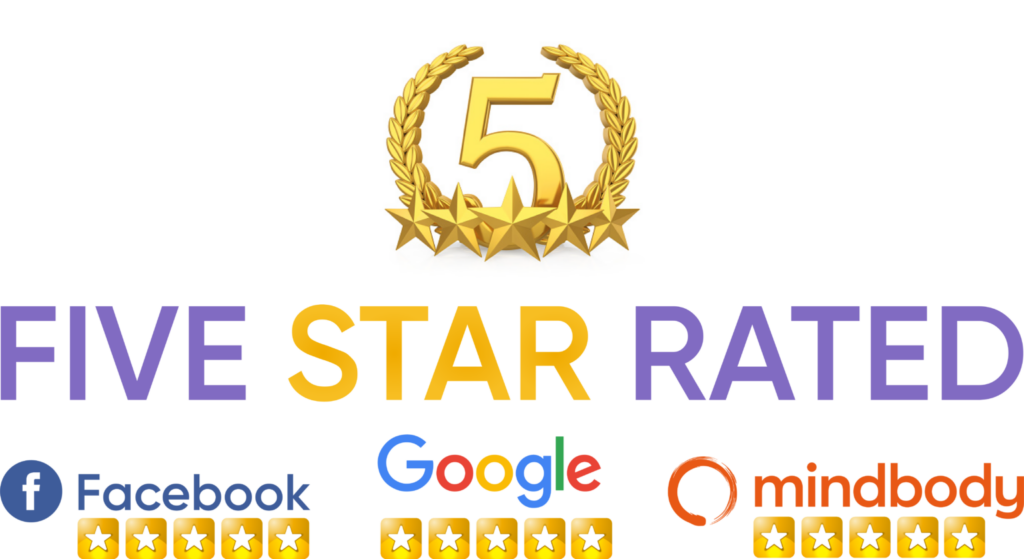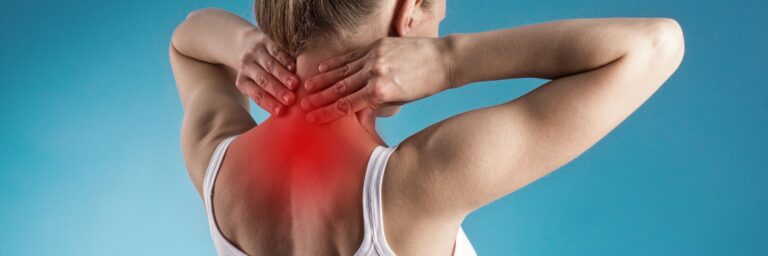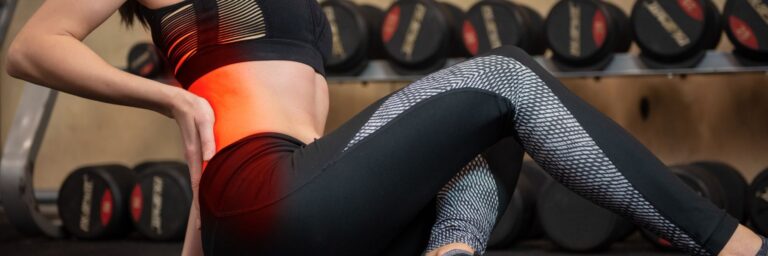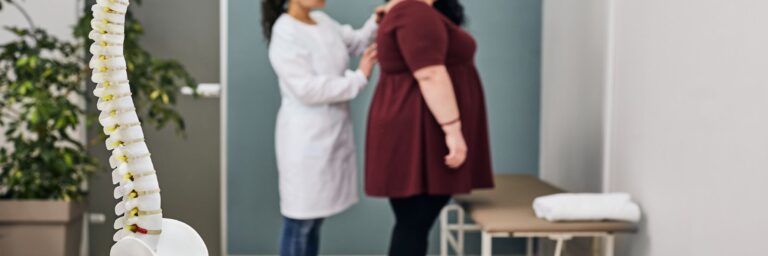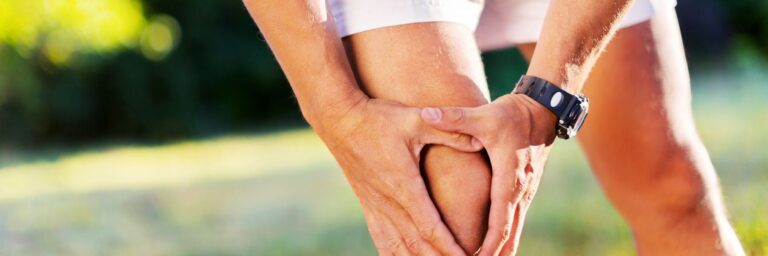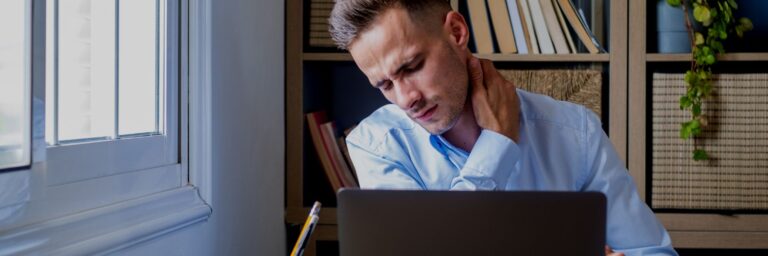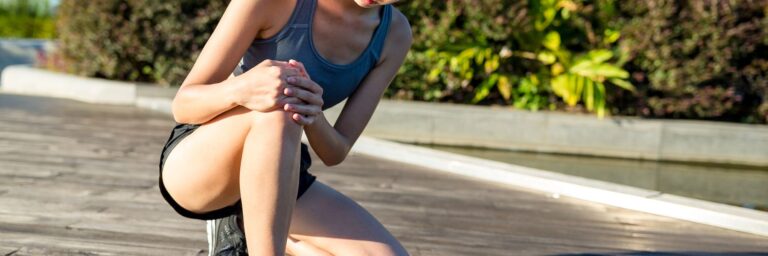Scoliosis
More often than not, most of us have scoliosis to some degree. Scoliosis is a lateral curvature of the spine. Doctors often don’t know the cause of scoliosis. It often develops in childhood, but can develop at any age. One of my friends developed sports induced scoliosis from rotating too much to one side. At the end of the day, the curvature is caused by muscle imbalances. Often one hip will elevate, creating a shift in the spine to keep us upright. When the hips are balanced, the spin can return to a more neutral position. One of the keys to restoring a more natural position is created a better relation ship between left and right side of the body. The left leg and right arm work together and vice versa. As they coordinate and create equal tension between the sides the body maintains balance and pressure is relieved.
Scoliosis is a condition that many children develop in their adolescence. The cause of this sideways curve to the spine isn’t fully understood, but it often occurs when there are conditions like cerebral palsy or muscular dystrophy present at birth (though not always). Most cases will have mild symptoms, however some worsen as they grow up which can lead into more severe forms if left untreated-especially where straighter backpacks aren’t an option due those with extreme curves who need help breathing correctly because these positions put pressure on certain areas causing problems within your chest area – making life difficult indeed.
Symptoms
The most common signs of scoliosis are uneven shoulders, one shoulder blade that appears more prominent than the other and a jutting hip. An uneven waistline can also be an indication for this condition though it’s not always present at birth but often develops later in life due to poor posture habits or stress factors such as pregnancy
In some cases people will develop additional symptoms like back pain when they bend over because there isn’t enough flexibility across their spine area These might include things we do every day without realizing how much impact our postures. If you notice signs of scoliosis in your child, go to their staff immediately. Curves can develop without being aware or causing pain because they appear gradually and usually do not until it is too late! Sometimes teachers, friends and sports teammates are able spot a kid’s spinal condition early on but this depends entirely upon how severe the curve has become with age-appropriate screening tests for children who may be at risk.
Causes
Staff aren’t entirely sure what causes most types of scoliosis, but it appears to involve genetic factors since some families have been found with the disorder. Less common types may be due to Cerebral Palsy or Muscular Dystrophy birth defects affecting spine development; previous surgery on chest wall as baby.
